As data processing demands continue to grow, the debate between edge computing and cloud computing has taken center stage among IT professionals. Both paradigms offer distinct architectures and operational models, each with its own strengths and weaknesses. This article provides an in-depth technical analysis of these computing models, exploring their architectures, performance characteristics, and optimal use cases. Understanding the nuances between edge and cloud computing is essential for designing efficient, scalable, and secure IT infrastructures in today’s data-driven world.
Cloud Computing: Centralized Architecture for Scalable Resources
Cloud computing leverages a centralized architecture where resources are hosted in large data centers, typically managed by third-party providers like AWS, Google Cloud, or Microsoft Azure. These data centers are designed for high availability, redundancy, and elasticity, enabling rapid scaling of resources as needed.
Core Architectural Components:
- Virtualization: Cloud platforms rely heavily on virtualization technologies, allowing physical servers to host multiple virtual machines (VMs). This abstraction layer provides resource isolation, flexibility, and efficient utilization of hardware.
- Distributed Storage: Cloud providers use distributed file systems (e.g., Amazon S3, Google Cloud Storage) that replicate data across multiple locations to ensure durability and availability. Data consistency models (e.g., eventual consistency vs. strong consistency) play a crucial role in performance trade-offs.
- Network Infrastructure: High-speed, redundant networking is a backbone of cloud computing, enabling seamless connectivity between data centers and end-users. The use of content delivery networks (CDNs) further optimizes data delivery, reducing latency for end-users.
Performance Considerations:
- Latency: The inherent latency in cloud computing arises from the distance between end-users and the centralized data centers. This latency can be mitigated through CDNs and edge locations but remains a limiting factor for real-time applications.
- Scalability: Cloud computing excels in handling variable workloads, thanks to its elasticity. Autoscaling mechanisms allow dynamic allocation of resources based on real-time demand, making it ideal for applications with fluctuating workloads.
- Security: Centralized data centers benefit from sophisticated security measures, including encryption, access controls, and compliance with global standards (e.g., ISO, SOC). However, transmitting sensitive data over the internet can introduce vulnerabilities.
Edge Computing: Decentralized Processing at the Network Periphery
Edge computing shifts the processing paradigm by decentralizing data processing and bringing it closer to the data source, such as IoT devices, sensors, or local edge servers. This model reduces the reliance on centralized cloud infrastructure and minimizes the latency associated with data transmission.
Core Architectural Components:
- Edge Nodes: These are the compute and storage resources located at the network periphery. Edge nodes can be anything from specialized hardware devices (e.g., edge gateways) to software-defined infrastructure running on local servers.
- Fog Computing Layer: In some architectures, a fog computing layer acts as an intermediary between the cloud and the edge, providing additional processing power and reducing the load on both ends. Fog computing helps distribute data processing tasks more efficiently across the network.
- Local Data Processing: By processing data locally, edge computing reduces the amount of data sent to the cloud, lowering bandwidth usage and improving response times for real-time applications.
Performance Considerations:
- Ultra-Low Latency: Edge computing’s proximity to data sources enables near-instantaneous processing, making it ideal for applications like autonomous vehicles, industrial automation, and AR/VR. This low latency is critical in scenarios where even milliseconds can have significant impacts.
- Data Offloading: Edge computing reduces the volume of data transmitted to the cloud by filtering and processing data locally. This offloading decreases bandwidth consumption and can lead to cost savings, especially in environments with limited network capacity.
- Security and Privacy: By keeping sensitive data at the edge, closer to its source, edge computing enhances data privacy and minimizes the risk of data breaches during transmission. However, securing numerous edge nodes poses challenges, especially in distributed environments.
Comparative Technical Analysis: Edge vs. Cloud Computing
1. Latency and Real-Time Processing
- Edge Computing: Offers millisecond-level latency due to localized processing. Ideal for latency-sensitive applications such as smart grids, telemedicine, and autonomous systems. Real-time decision-making is significantly enhanced.
- Cloud Computing: Generally experiences higher latency due to the physical distance between users and data centers. While suitable for applications like batch processing, data warehousing, and SaaS, cloud computing struggles with real-time, latency-critical workloads.
2. Data Consistency and Integrity
- Edge Computing: Consistency models in edge computing can vary based on the specific application requirements. The use of distributed edge nodes may lead to challenges in maintaining data consistency, especially in scenarios requiring synchronization across multiple locations.
- Cloud Computing: Typically offers robust consistency models, supported by distributed databases and file systems with transactional guarantees. For applications requiring strict consistency and data integrity (e.g., financial services, e-commerce), cloud computing is often preferred.
3. Resource Allocation and Management
- Edge Computing: Resource management at the edge involves complex orchestration of distributed nodes. Tools like Kubernetes can extend to the edge, but the decentralized nature of edge computing adds layers of complexity in resource provisioning and fault tolerance.
- Cloud Computing: Centralized management tools and APIs provided by cloud platforms simplify resource allocation, scaling, and monitoring. Cloud-native architectures, such as microservices, thrive in this environment, benefiting from the seamless integration of services.
4. Security Architecture
- Edge Computing: Security in edge computing is multi-faceted, involving the protection of data in transit, at rest, and during processing across distributed nodes. Edge devices are often more vulnerable to physical tampering, requiring robust encryption, authentication, and local access controls.
- Cloud Computing: Benefits from advanced security infrastructure provided by cloud providers, including DDoS protection, firewalls, and centralized access management. However, the broader attack surface due to data transmission over public networks remains a concern.
5. Scalability Challenges
- Edge Computing: Scaling edge infrastructure requires careful planning, particularly in environments with large numbers of heterogeneous devices. Managing updates, ensuring compatibility, and maintaining performance across diverse hardware can be resource-intensive.
- Cloud Computing: Excels in scalability, offering tools like autoscaling groups, serverless computing, and container orchestration, which allow seamless scaling of applications to meet demand without manual intervention.
Hybrid Computing: Leveraging the Strengths of Both Paradigms
For many enterprises, adopting a hybrid computing approach—combining edge and cloud computing—can provide the best balance of performance, scalability, and security. Hybrid models allow for latency-sensitive processing at the edge while leveraging the cloud for data aggregation, long-term storage, and advanced analytics.
Example Implementation: In an industrial IoT environment, edge devices can monitor and control machinery in real-time, ensuring low-latency responses to critical events. Simultaneously, the cloud can aggregate data from multiple sites for predictive maintenance, machine learning, and historical analysis, enabling more informed decision-making across the enterprise.
Architectural Considerations:
- Data Orchestration: Implementing a hybrid model requires robust data orchestration mechanisms to ensure that data flows efficiently between edge and cloud environments. This may involve edge gateways, data brokers, and middleware that handle data synchronization and consistency.
- Unified Management: Tools like Kubernetes with edge extensions, or hybrid cloud platforms like Azure Stack, can provide a unified management interface across edge and cloud environments, simplifying the deployment and monitoring of distributed applications.
Conclusion
The decision between edge computing and cloud computing hinges on specific technical requirements, including latency, data consistency, scalability, and security. For applications requiring ultra-low latency and localized processing, edge computing offers significant advantages. Conversely, cloud computing remains the go-to solution for scalable, resource-intensive applications where real-time processing is less critical.
By understanding the architectural and performance trade-offs between these two paradigms, IT professionals can design more effective and resilient systems. In many cases, a hybrid approach, leveraging the strengths of both edge and cloud computing, may offer the optimal solution for modern, distributed applications.
Written by Dimitrios S. Sfyris, developer and founder of AspectSoft, a software company specializing in innovative solutions. Follow me on LinkedIn for more insightful articles and updates on cutting-edge technologies.
Subscribe to our newsletter!
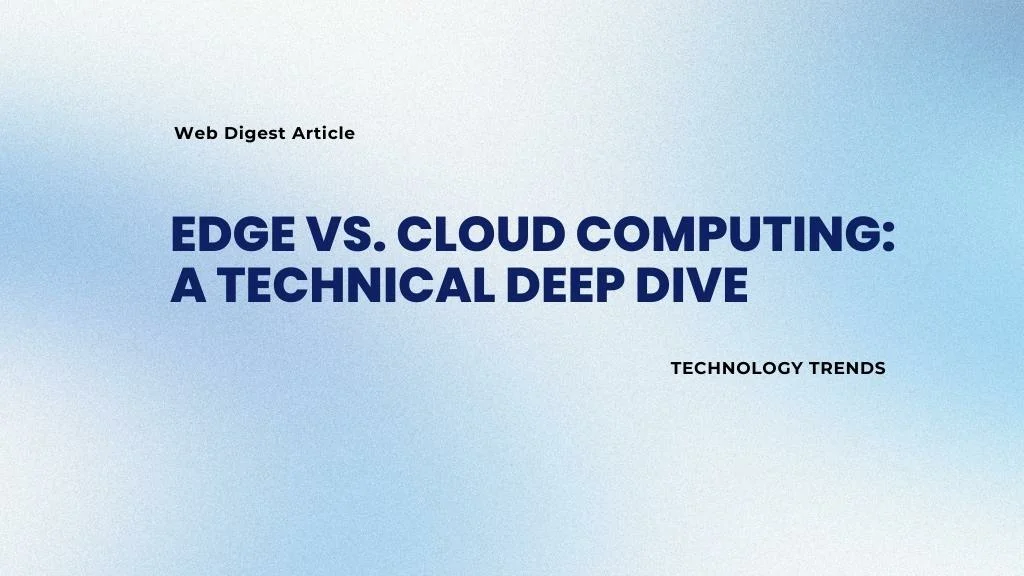
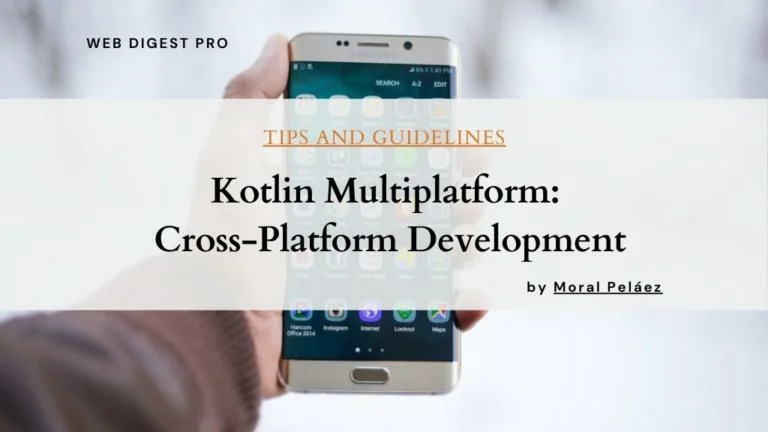
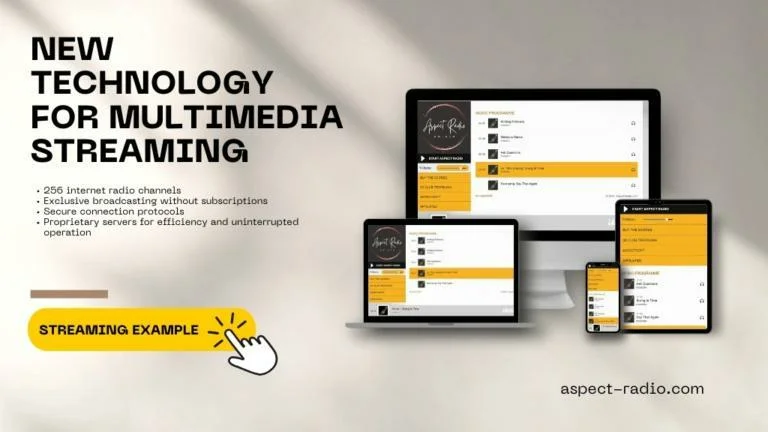
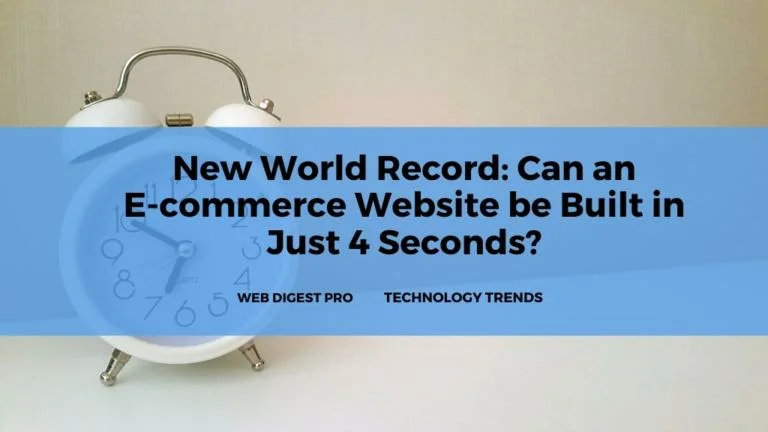

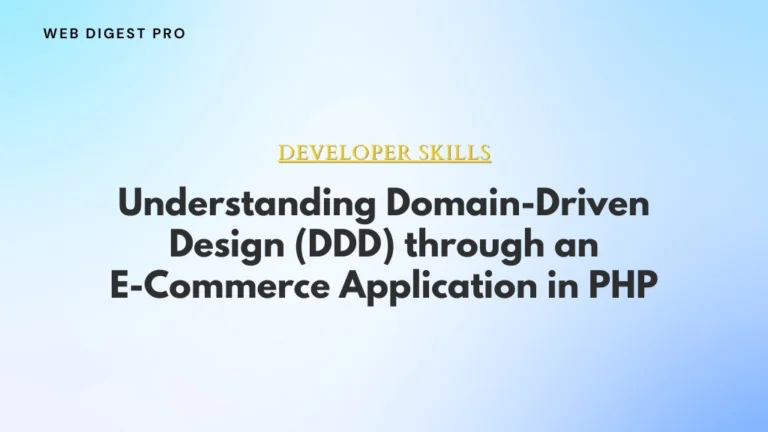
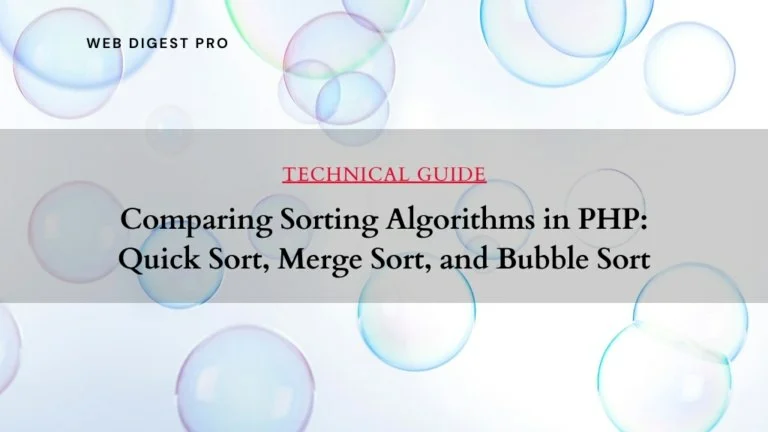

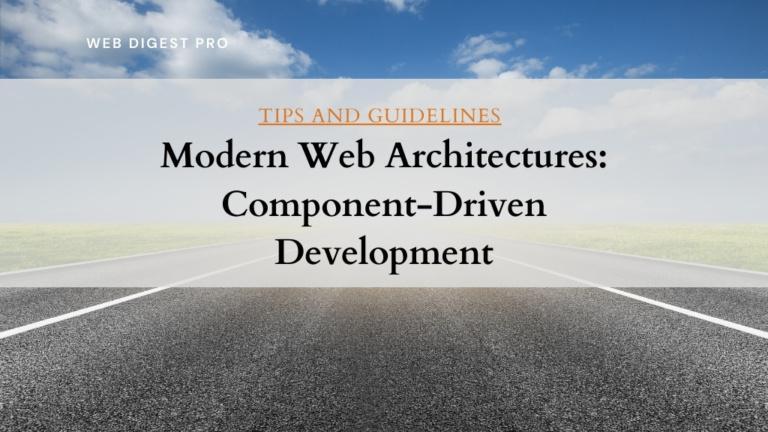

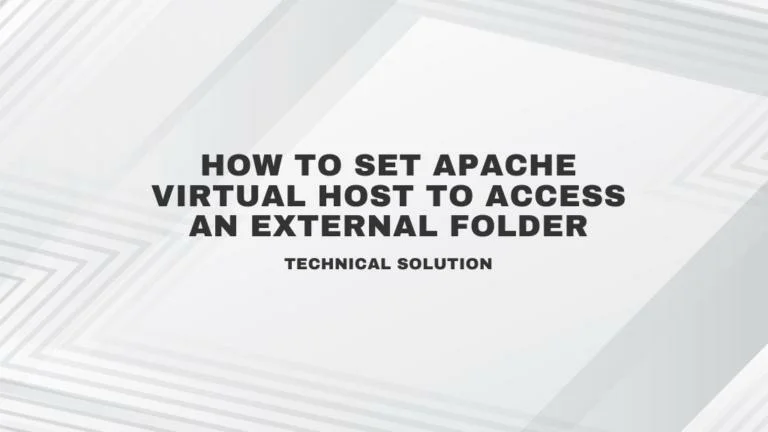


+ There are no comments
Add yours